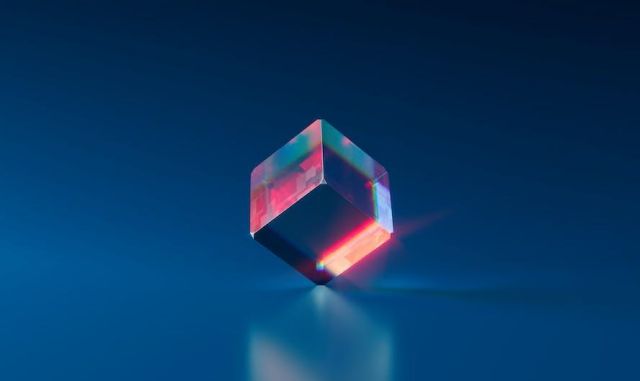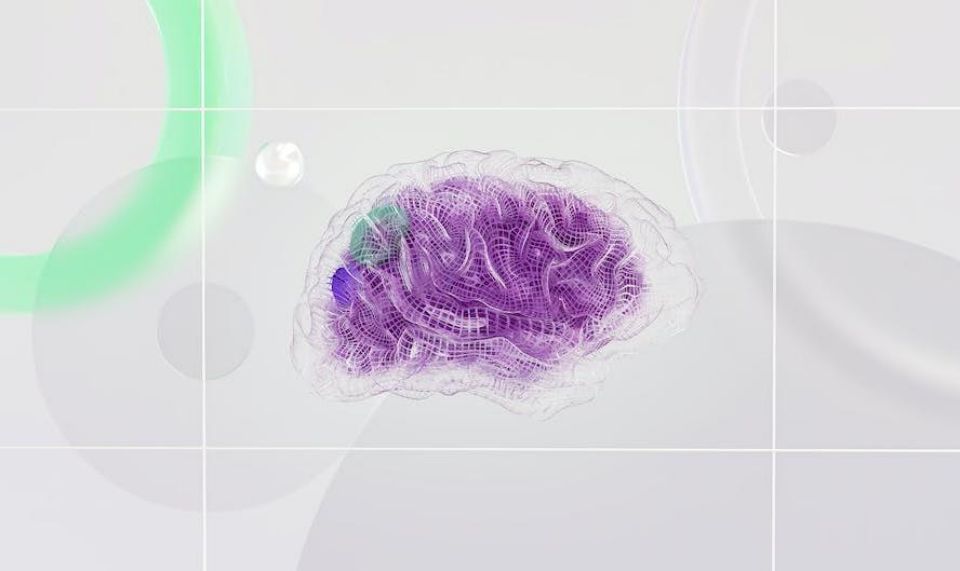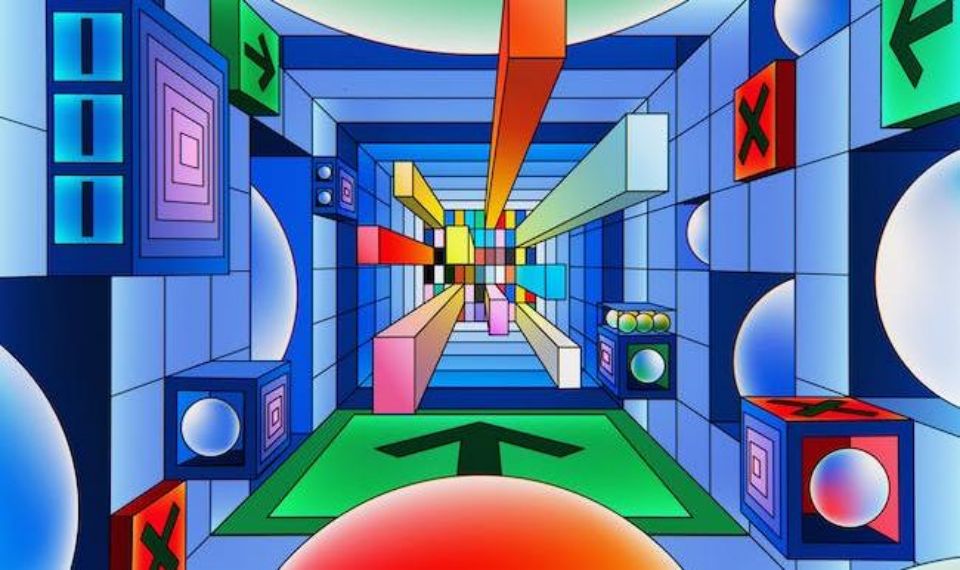
3D printing, once a novelty, is rapidly becoming a game-changer in various industries. The advancements in 3D printing technology have created endless possibilities, presenting new prospects and challenges for industries worldwide. This article aims to explore one such significant progression – the capability to print with a range of materials.
Historically, 3D printing was mostly limited to plastics and resins. However, modern advancements in 3D printing technology have overcome this limitation, expanding the array of printable materials beyond traditional polymers to include metals, ceramics, glass, and even biological materials. This breakthrough enhances the appeal of 3D printing technology across various sectors, widening its applications extensively.
Metal 3D printing is one of the most noteworthy developments. It has become particularly appealing to the aerospace and automotive industries. For instance, GE Aviation has been using 3D printed metal parts for their jet engines to reduce weight and increase efficiency. The ability to 3D print metal parts allows for more intricate designs that are lighter, stronger, and more durable than their traditionally manufactured counterparts.
Similarly, the healthcare industry is profiting from advancements in biological 3D printing. Scientists and doctors can now print “bio-inks” composed of living cells to create tissue-like structures that imitate natural tissues. With this technology, complex organs like kidneys or livers, which are in high demand for transplants, might eventually be printed. The potential impact on healthcare is monumental, promising to revolutionize organ transplants and potentially solve the organ shortage crisis.
The capability to print glass and ceramics has opened up new horizons in the world of art and architecture. Designers can now create intricate, complex designs that were previously impossible or extremely time-consuming to make. These materials offer high heat resistance and hardness, expanding their use in industries requiring these specifications.
One of the most exciting advancements of all is multi-material printing. Earlier, 3D printers could only handle one material at a time. However, recent printers can deposit different materials simultaneously, allowing for the creation of objects with varying properties within a single print. This development has the potential to save time and resources, paving the way for more complex and efficient production processes.
The evolution of materials in 3D printing is a game-changer, transforming how industries operate and how products are designed and produced. With each new innovative step, the possibilities for 3D printing expand, reshaping the future of manufacturing and redefining the limits of design and production.
However, like any other technology, 3D printing is not without its challenges. These advancements demand new techniques and skills, and the use of multiple materials brings in concerns about waste and recycling. Furthermore, the cost of 3D printers capable of printing with these advanced materials remains high, presenting barriers to widespread adoption.
Despite these obstacles, the advancements in 3D printing technology and its increasing accessibility are a testament to human ingenuity and the relentless pursuit of innovation. As technology continues to evolve, it will undoubtedly continue to revolutionize industries in ways unimaginable today and bring us ever closer to a future where anything can be printed.









